3 MEAN REVERSION TRADING STRATEGIES
Do not forget to become a member and join our community on our website.
This YouTube video presents three mean reversion trading strategies that can potentially improve one's trading game. The video explains the basic premise of mean reversion trading, which involves buying oversold assets and selling overbought assets, and discusses why it works. The video presents the performance of the strategies on different ETFs and shares some historical backtesting results to give an idea of their potential performance. The video also briefly discusses the best mean reversion indicators and time frames for trading, as well as when mean reversion works best. Overall, the video aims to introduce viewers to a new approach to trading and provide them with some trading ideas to test for themselves.
You can read more about the mean reversion trading strategies here: https://www.quantifiedstrategies.com/3-free-mean-reversion-trading-strategies
#meanreversion #tradingstrategies #etftrading #stockmarket #financialmarkets #backtesting #investing #tradingtips #IBSindicator #RSI #Williams%R #SP500 #bearmarket #volatility #trendfollowing
TWITTER
https://bit.ly/Twitter_QS
INSTAGRAM
https://bit.ly/Instagram_QS
NEWSLETTER - QUANTIFIED STRATEGIES
30 000+ Traders read our free newsletter about trading strategies.
Sign up: https://bit.ly/substack_QS
RISK DISCLAIMER
Quantified Strategies (SIA Lofjord) is not an investment advisor. The content and information provided are educational and should not be treated as financial advisory services or investment advice. Trading and investment in securities involve substantial risk of loss and is not recommended for anyone that is not a trained trader or investor – it shall be conducted at your own risk. It is recommended that you never risk more than you are willing to lose. Leverage can lead to substantial losses. Any use of leverage, margin, or shorting is at your discretion. Quantified Strategies (SIA Lofjord) is not responsible for any losses that occur as a result of its content and information.
Hypothetical or simulated performance results have certain limitations. Unlike an actual performance record, simulated results do not represent actual trading. Also, Since the trades have not been executed, the results may have under or overcompensated for the impact, if any, of certain market factors, such as lack of liquidity. Simulated trading programs, in general, are also subject to the fact that they are designed with the benefit of hindsight. No representations are made that any account will or is likely to achieve profit or losses similar to those shown.
-
 0:59
0:59
quantifiedstrategies
8 months agoWeekend Reversal Strategy - Step By Step (Results) #learntotrade #tradingadvice
2 -
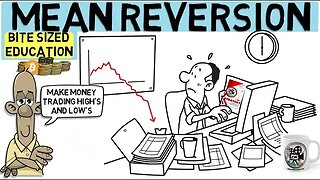 8:47
8:47
FWisdom
8 months ago $0.01 earnedHow To Profit By Trading Against The Trend (Mean Reversion)
58 -
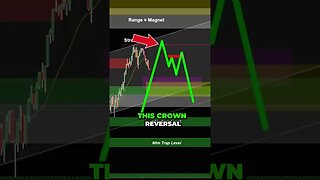 0:55
0:55
Learn to Trade with Joseph James
7 months agoCrown Reversal- Maximize your Trading PROFITS using this.. 💸
7 -
 0:52
0:52
Top Dog Trading
6 months agoMarket Profile Trading Strategies
5 -
 0:51
0:51
Top Dog Trading
7 months agoTrendline Trading Strategy
-
 0:35
0:35
Learn to Trade with Joseph James
1 year agoHow to BUY into a Pullback.. Trading Strategy 💰
5 -
 5:50
5:50
DayTradeToWin
2 years agoFocus on Market Moves and Reversals Due to Manipulation With a Roadmap
13 -
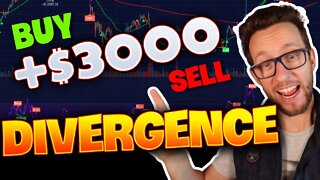 11:57
11:57
DaviddTech Trading Strategies
2 years agoDivergence Trading Strategy
63 -
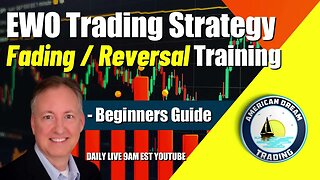 3:43
3:43
American Dream Trading
1 year agoEWO Trading Strategy For Beginners - Learn Fading And Reversal Training Techniques
21 -
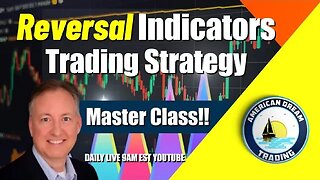 2:11
2:11
American Dream Trading
1 year agoExpert Trading Strategies - Mastering Reversal Indicators In The Stock Market
71